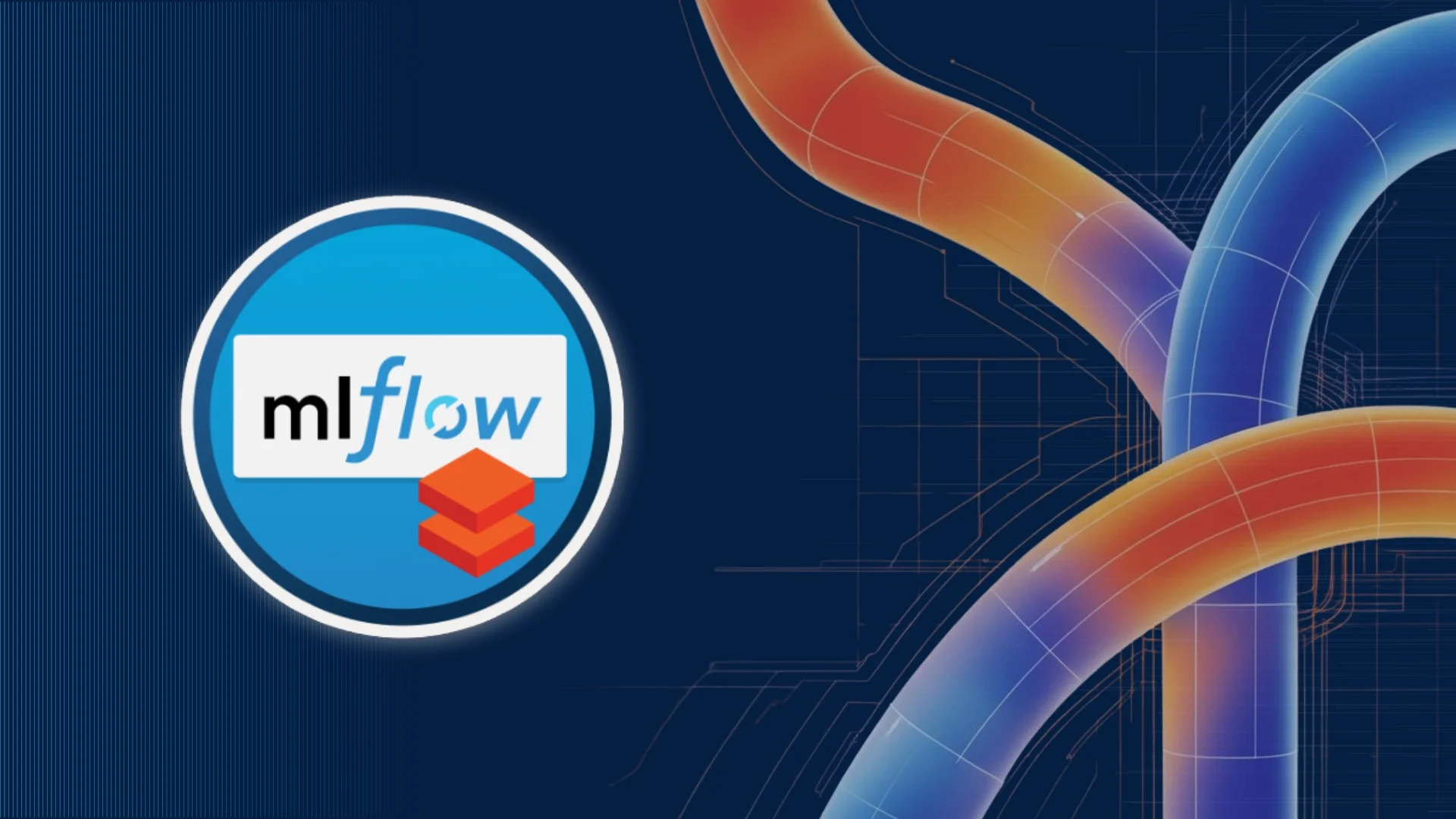The manufacturing industry is large and produces a massive amount of data daily, from production lines and supply chains to quality control systems. With the evolving work environment and rapid digital transformation, many manufacturing businesses are still behind in their ability to manage and leverage this data productively.
Power BI is positioned to be a game-changer in this area by helping manufacturers move from reporting, based on simple spreadsheets, towards real-time, insight-based decision-making. By removing data silos across production, supply chain, and quality management; it delivers improved agility and efficiency, along with operating profit improvements through analyzed data, a visualized experience, and predictive intelligence.
A recent report by Hexagon, an industrial technology leader, states that 98% of manufacturers still struggle with data management roadblocks that are limiting their ability to use AI, automation, and other digital transformation technology as effectively as possible.
Why Power BI Matters in Manufacturing
A recent survey by Deloitte 2023 Manufacturing Outlook found that 60% of manufacturers ranked data analytics as their number one technology priority to improve productivity in the coming 12 months.
Enterprise manufacturing intelligence is on the rise, projected to grow to US$11.4 billion by 2030. But acquiring data is one thing – success is deciding what to do with that data.
Table of Contents
Manufacturing Challenges: A Real-World Scenario
Let’s understand this with an example- Imagine a manufacturing company that is doing its best to compete in a rapidly changing environment. On any given day, the company can be faced with changing customer demand, surprise shortages of materials, unplanned machine downtime, and higher energy prices. Each of those challenges can disrupt the production schedule, reduce profitability and increase stress on the operations team.
To make things worse, the company has data that is siloed across multiple applications such as ERP systems, IoT devices, MES, and CRM tools, and it is impossible to see operations in anything close to real time. Without some visibility, bottlenecks are missed, delays become costly, and the operations team is forced to make decisions based on “intuition” rather than evidence.
How Power BI Solves Manufacturing Challenges
That is where Power BI for manufacturing can help. By integrating all those data silos into a single, interactive environment, Power BI allows the team to visualize, monitor, and forecast in real time. The company can know that problems with operations are occurring, corrective action can be initiated immediately, and timely data-driven decisions are possible each we solving daily challenges that become opportunities to advance efficiency and production.
Key outcomes include:
• An increase in productivity efficiency 30–40% improved via predictive maintenance and real-time monitoring.
• Reduced operational cost by up to 25% through energy, material, and labor optimization.
• Decision-making sped up 2–3x through automated reporting and unified dashboards.
Power BI Use Cases in Manufacturing
- Production Line Optimization: Power BI connects with IoT sensors and devices such as PLCs to monitor performance metrics such as output, cycle time, and equipment utilization. Dashboards provide real-time alerts to operators on downtime risks or bottlenecks which enables operators to conduct preventive maintenance before high-impact issues occur.
- Supply Chain and Inventory Analytics: Manufacturers leverage Power BI to understand and analyze supplier lead time, logistics efficiency, and inventory/stock movements.
- Quality Control and Compliance: Power BI enables organizations to monitor defect rates, warranty claims, and testing reports that may include qualitative data. Automated reports help with trace-ability to ensure compliance with standards such as ISO, SECR or ESG protocols.
- Maintenance and Asset Performance Management: AI-generated analytics in Power BI enables firms to predict equipment failure with telemetry data. Predictive maintenance can reduce unplanned downtime from equipment failure at the production line.
- Financial and Operational Reporting: When integrated with ERP tools, Power BI enables the Chief Financial Officers (CFO) to view cost centers, budgets, and profit margins with a cradle-to-grave visibility. Automated dashboard tooling categorized by role will consolidate operational financial reporting for factory heads and corporate leadership.
Benefits of Power BI in Manufacturing
- Centralized Data Accessibility: Consolidates all siloed department data in one accessible platform, affording maximum visibility throughout the plant.
- Predictive Analytics: Harnesses AI and machine learning to ascertain future maintenance needs and enhanced forecasting ability to drive proactive improvements.
- Sustainability and Compliance: Tracks every carbon footprint and all resource optimization opportunities in order to further your ESG goals and sustainable manufacturing.
- Operational Efficiency: Real-time dashboards replace static reports through data visualizations so that teams spend time focused on productive analysis rather than manual analysis.
- Agility and Innovation: Provides every employee at any level, whether a production worker or executive, self-service access to analytics to make quicker decisions and advance continuous innovation.
Industry examples of Power BI Implementation
Shanghai Volkswagen in China had to work with terabytes of manufacturing data every day. By using Power BI, the company connected directional and other business sources of data in a single link, allowing everyone in the organization access to insights and analysis, improving management and operational efficiency.
Similarly, Sandvik Coromant, a leading Swedish tooling company, faced fragmented data numerous systems and depended on a heavy reliance on Excel, limiting a full picture of sales and operations.
Using Power BI, they consolidated data into a single platform, which allowed the company to bring new functionalities to market faster and ensure managers received timely, accurate, and actionable data to become a data-driven business.
Key takeaway : Power BI allows manufacturing businesses to solve fragmented data solutions, report easily, and improve decisions based on insights, which leads to quicker, smarter, decisions.
Conclusion
To summarize, Power BI can truly transform the way manufacturers can better manage their operations and successfully move toward becoming data-driven. By combining data from the shop floor to the C-Suite, Power BI offers real-time visibility into operations, predictive analytics, and consolidated dashboards that help firms address obstacles like production bottlenecks, supply chain disruptions, and quality assurance issues.
Sparity’s expertise in implementing and customizing Power BI to meet user needs drove similar success for manufacturing firms. For example, Sparity was able to help a leading manufacturer become more efficient in their operations and reporting by developing very advanced Power BI dashboards to show real-time visibility to their operations and supply chains. Their team was able to identify bottlenecks, minimize downtime, and drive continual improvement by leveraging user-focused and pain-point specific analytic tools applied to their workflows.
Visit sparity to get in touch and explore how we can empower your organization with advanced Power BI analytics.















